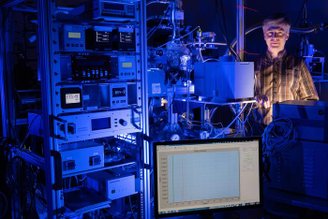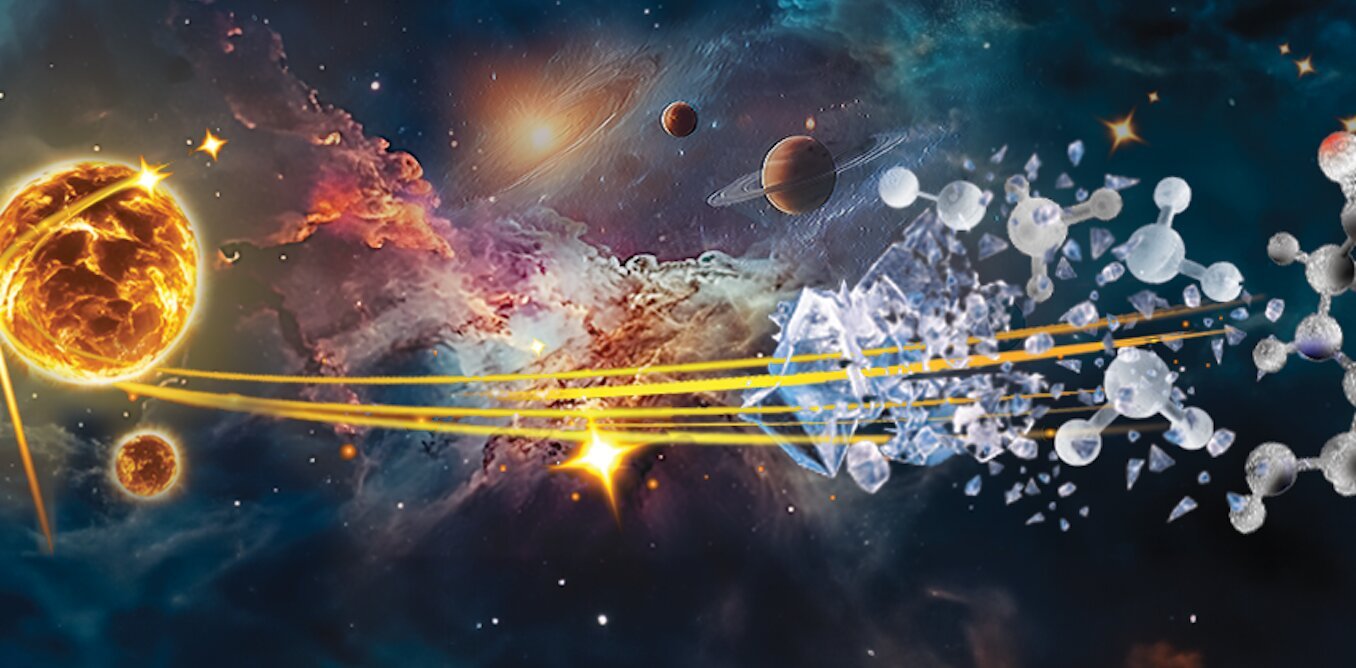A study recently published in the journal Science Advances clarifies some questions about the origin of life on Earth, as well as how blocks of organic molecules might have been “distributed” to other places in the Universe. According to the authors, A special group of molecules known as peptides can form more easily in space than on Earth.
According to research, the famous primordial soup of organic chemicals and biomolecules that make up life they would have reached primitive Earth by some kind of cosmic delivery by meteors or comets. Therefore, explaining the “formation of extraterrestrial peptides and their derivatives” is the aim of the study.
In the cells of all living things on the planet, vital functions within the cells are maintained by proteins, versatile macromolecules that are in a symbiotic relationship with carbon. The precise way to produce the variety of proteins we need to live is encoded in our DNA, one of the largest molecules in nature.
A step-by-step guide to life on Earth
Just as our DNA consists of 20 different amino acids that encode our genetic code, space peptides are brought together by these “Lego life pieces”. This process is crucial in establishing special functions such as “catalyzing” or enhancing vital reactions.
Scientists involved in the current study had already shown that the cold conditions of space are suitable for peptide formation. However, at the time it was thought that this would not be possible if the ice covering the dust particles contained water. The current study concluded that water does not interfere with peptide formation.
The origin of life on Earth is being tested in the laboratory

To test their hypothesis, principal investigator Serge Krasnokutski, of the Max Planck Institute Astrophysics Laboratory in Jena, Germany, explains in a statement: “We replicated conditions similar to those in space in a vacuum chamber, substances that form in so-called “molecular clouds” (ammonia, atomic carbon and carbon monoxide) are also added.
By mimicking chemical reactions possible in the laboratory in the icy void of the stellar environment, the authors noted that peptide production was slightly, but not completely, reduced. In fact, the mixing of rocks and dust to form asteroids and comets causes the mixture to heat up and form liquids; this not only allows more peptides to develop, but also results in their increased complexity.
This means that the building blocks of life, such as amino acids, are spread throughout the Universe. But its mere existence does not guarantee the emergence of life. Knowing how they organize into structures such as cells and living organisms still remains a mystery.
Is there anything you want to ask? Tell us on our social networks and get the opportunity to share the article with your friends!
Source: Tec Mundo
I’m Blaine Morgan, an experienced journalist and writer with over 8 years of experience in the tech industry. My expertise lies in writing about technology news and trends, covering everything from cutting-edge gadgets to emerging software developments. I’ve written for several leading publications including Gadget Onus where I am an author.












